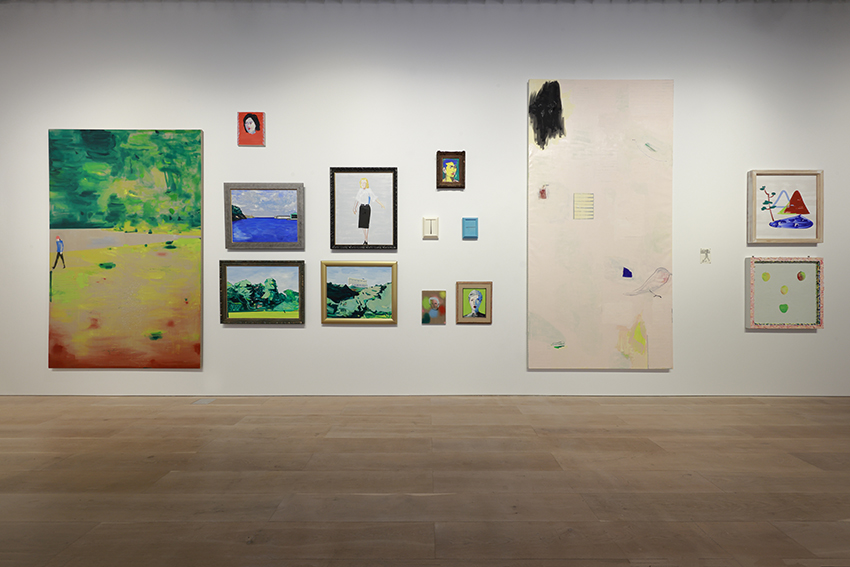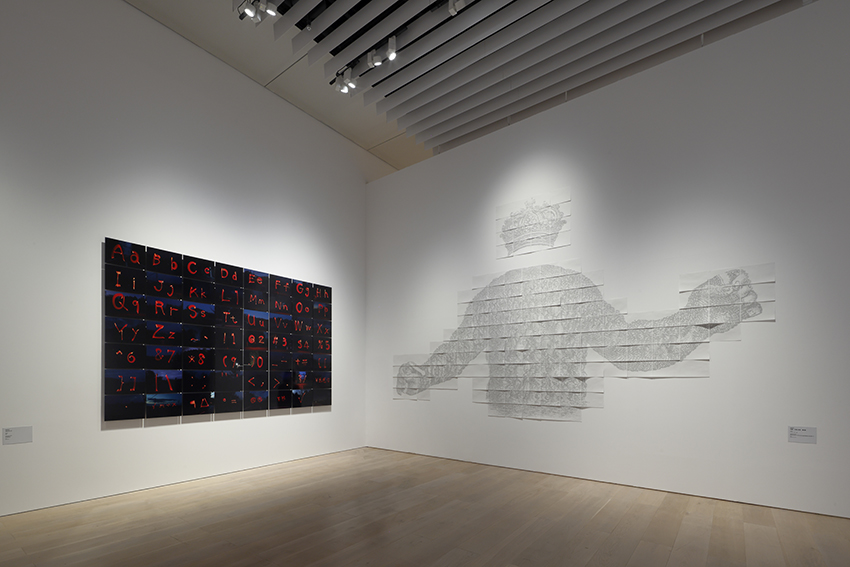ROPPONGI CROSSING 2022: COMING & GOING
HAPPENINGText: Alma Reyes
For the last three years since the disruption of everyday human activity caused by the COVID-19 Coronavirus pandemic, lives around the globe have been transformed drastically, whether in positive or negative ways. The consequences of the deadly virus spread have impacted not only our mobile ability, but also our capacity to reflect, rationalize, prioritize and decide on the course of our future direction in this life.
Artists’, designers’ and philosophers’ views of our changing world have been interpreted in numerous creative media and literature that impel people to learn from their harsh or uplifting experiences during these times. Concurrently, these experiences trigger a new mindset that dictates our imminent pattern of thought and behavior.

O JUN, Installation view: Roppongi Crossing 2022: Coming & Going, Mori Art Museum, Tokyo, 2022-2023, Courtesy: Mizuma Art Gallery, Tokyo, Photo: Kioku Keizo Tokyo, Photo courtesy: Mori Art Museum, Tokyo
Launched every three years since 2004 by Mori Art Museum in Tokyo, the Roppongi Crossing event has opened once again last December, and will run until March 26 this year. Entitled, “Roppongi Crossing 2022: Coming & Going,” the seventh edition presents colorful crossroads of people, cultures, and nature in contemporary art. About 120 powerful works by 22 Japanese artists who have undergone significant challenges during the virus outbreak are displayed through paintings, sculptures, photographs, videos, installations and other media.

Takeuchi Kota, Installation view: Roppongi Crossing 2022: Coming & Going, Mori Art Museum, Tokyo, 2022-2023, Photo: Kioku Keizo, Photo courtesy: Mori Art Museum, Tokyo
“Coming and Going” signifies the ways people have moved, thought, and interacted inwardly and outwardly with a myriad of cultures, both domestically and internationally. Simultaneously, we are driven by a compelling urge to continue our comings and goings despite the uncertain duration of the current global crisis.
For Japanese, the sudden confrontation with a phenomenal disaster is not new. The two colossal earthquakes, the Great Hanshin Earthquake of 1995 and the Great East Japan Earthquake and Tsunami of 2011 have left survivors with the inevitably resilient attitude to grapple with emotional and social suffering and environmental repercussions.
Read more ...




